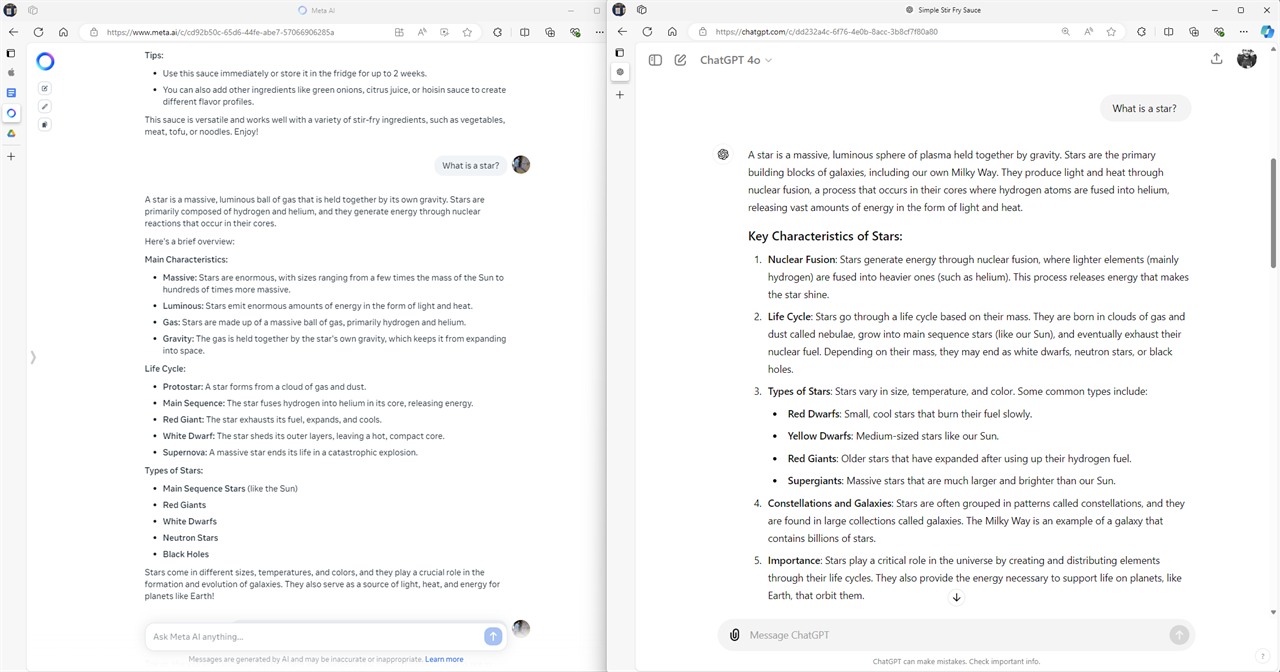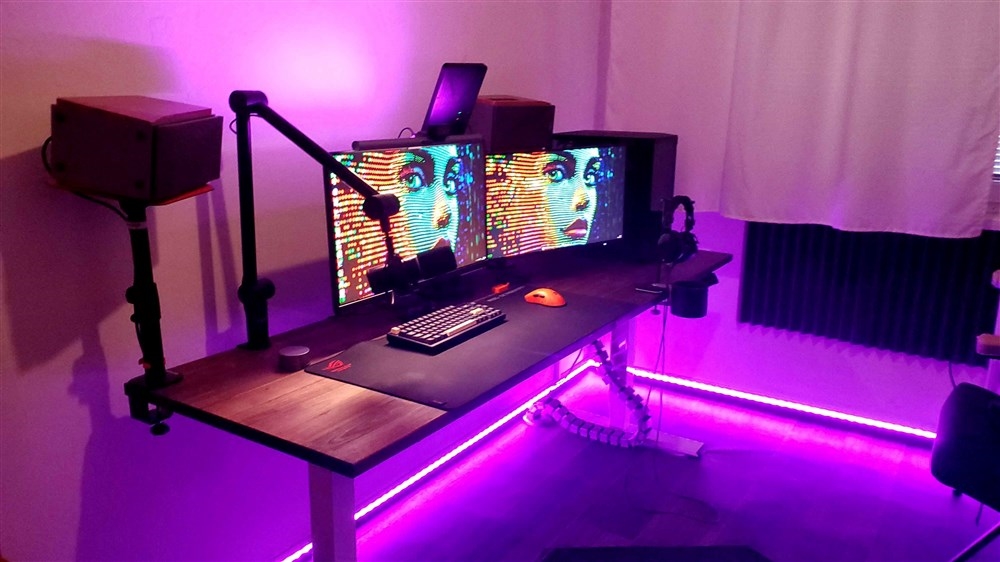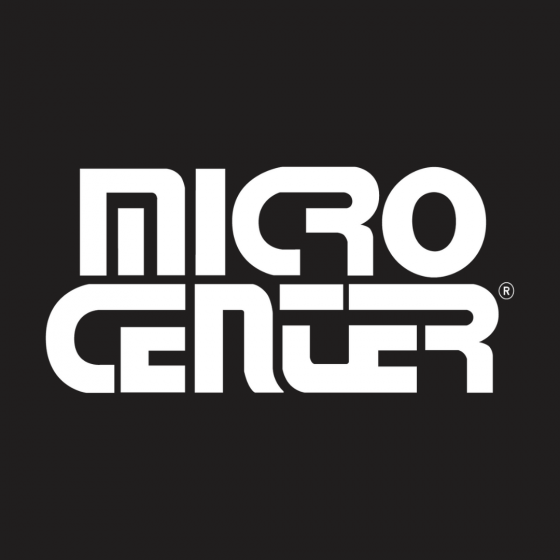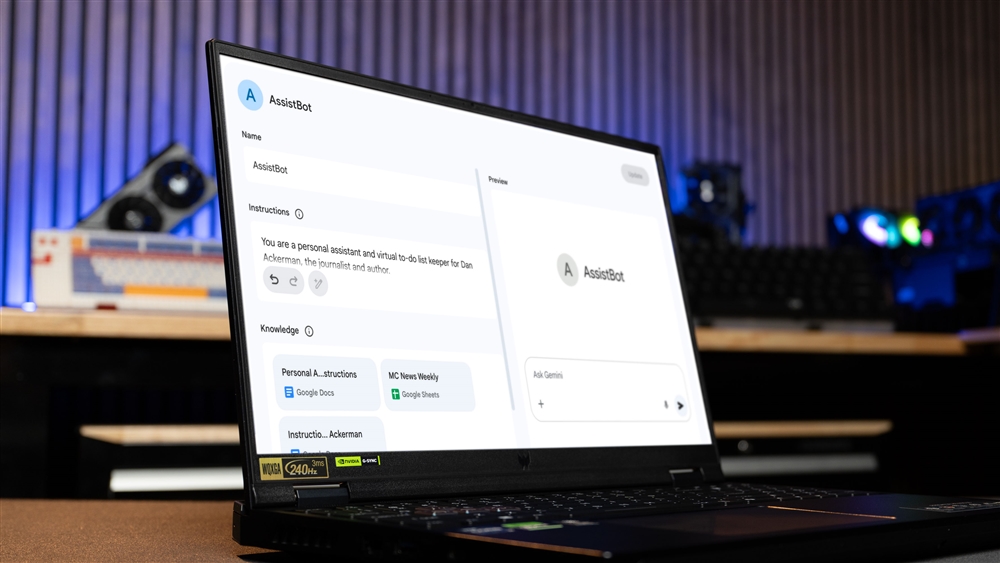What is Meta AI? A Capable Chatbot That’s 100% Free
Meta AI delivers quality results for free, especially in image generation.News
There’s two things I’m guaranteed to hear every time I take a drive. The first is Blink 182’s “One More Time,” which is my usual radio station’s new favorite hit. The second is an advertisement for Meta AI.
“Expand your world,” it says before leaping into the long list of seemingly unrelated things Meta AI can do. But the ad is oddly lacking a key point: it doesn’t describe what Meta AI is or precisely how to use it.
What makes this especially strange is how simple the answer is. Meta AI is a chatbot powered by a large language model that anyone can access for free at meta.ai. And, with the recent release of Meta’s Llama 3.1-405B large language model, it can deliver fast, smart results that rival OpenAI’s ChatGPT and Anthropic’s Claude.
 Photo: Meta AI, Prompted by Matthew Smith
Photo: Meta AI, Prompted by Matthew Smith It’s a chatbot, and it’s free
I suspect Meta’s ad is vague because, technically, Meta AI isn’t just the chatbot available at meta.ai. The company’s entire artificial intelligence push lives under the Meta AI brand, which includes everything from Instagram search (now, apparently, improved with AI) to the company’s research and development of “open” AI models, like Llama 3.1.
But Meta AI—the chatbot that lives at meta.ai—is worth your attention, because it’s a 100% free incarnation of premium chatbots like ChatGPT. There’s no premium subscription, and every feature available is available to everyone. All you need to access it is an Instagram or Facebook account. The current version uses Llama 3.1-405B.
Meta.ai goes toe-to-toe with ChatGPT in basic queries
At its core, Meta AI delivers a chatbot experience that’s similar to ChatGPT, Copilot, or Gemini. You can ask it any question—or, really, type anything at all—and get a response (within trust and safety limitations, of course).
Meta AI’s replies to general questions are good, though a bit different from ChatGPT and more similar to Anthropic’s Claude. Like Claude, Meta AI tends to summarize broad points into bullet points and encourages follow-up questions. ChatGPT is more verbose with longer, more detailed answers that usually expand on each point in more detail.

Added detail can sometimes be an advantage for ChatGPT, but that’s often not the case. Meta AI doesn’t generate more tokens per second (the metric used to gauge the speed of a response), but it tends to generate less text, so responses finish more quickly.
Meta can also handle a variety of basic math and coding tasks. It can answer problems that require math, such as finding the pixel density of a display with a given size and resolution, and produce code in a variety of programming languages. As with ChatGPT and Claude, its capability depends on the complexity of the task. Generating a basic website is no problem, but asking it to change CSS to fit the style described in your prompt will probably produce a result that’s mostly right, but not perfect.
Meta AI’s image generation is worth your time
Meta AI can also generate images, and it has advantages over the competition.
Compared to DALL-E, which generates images for ChatGPT, Meta AI generates images more quickly and, as a bonus, generates four images at once. That’s an important advantage. ChatGPT’s image generation is slow, and it generates one image at a time. Meta AI can generate dozens of images in the time ChatGPT requires to generate two or three.
I also found Meta AI leans towards a photo-realistic style. ChatGPT, by contrast, leans towards the vague digital art style that many people have come to associate with AI-generated images. I also noticed that, when asked to generate an image of a person (or group of people), Meta AI generates more diverse images than ChatGPT.

Photo: Meta AI/Chat GPT, prompted by Matthew Smith. Meta AI and ChatGPT generated much different images when asked to “show me a person running a race.”
The image generator’s killer feature, however, is its ability to generate an image preview in real-time. Ask Meta AI to “generate an image of a bear...” and the image appears while you type. Finish the sentence with “...in a hat doing a dance,” and Meta AI updates the image as you finish each word. This helps explore the results different prompts will provide and find a prompt that generates what you imagined.
There’s also an animation feature, which can animate any Meta AI generated image for one second. The short duration means it’s not yet that useful—YouTubers will not be using this for B-Roll (mostly). But the customized animations are fun to share on social media and messaging apps.
While Meta AI’s image generation is excellent, it has some limitations. Meta AI doesn’t let users change the aspect ratio of resolution of images: every image is square at a resolution of 1,280 x 1,280. Meta AI also lacks a competitor to ChatGPT’s edit tool, which lets you mask an area of an image and re-generate it (if you want to add or remove a character in a specific location, for instance).
Though useful, Meta AI lacks advanced features
Meta AI lacks the advanced features found with AI chatbots that charge a subscription. It doesn’t have ChatGPT’s memorization feature, which can memorize information that frequently appears in prompts (like your location).
While Meta AI technically has a custom chatbot feature called AI Studio, it’s more limited than ChatGPT’s “Create a GPT” feature, and there are far fewer less pre-crafted chabots available.
A file upload feature is missing, too. You can’t upload a document, like a PDF, and ask Meta AI to summarize the information or search for a specific detail. Copy-and-pasting the document as text doesn’t work well, either, as I found Meta AI limits prompts to about 2,500 words.
Finally, Meta AI lacks the advanced code execution features of competitive chatbots. ChatGPT can write and execute code to perform data analysis or preview what code will do. Claude, meanwhile, has a feature called Artifacts that can generate a document based on your prompt, which can be edited with additional prompts. If generating a web page, for example, Claude’s Artifacts let you see how the website will appear and use additional prompts to edit the website as desired. Meta AI’s omissions make it a lot less appealing to programmers.
Check out Meta AI—especially if you don’t want to pay
Meta AI is an excellent tool for free users. It provides quick, high-quality responses, and its image generation capabilities generally beat ChatGPT.
Surprisingly, Meta AI’s rate limits are lax. While I’m sure Meta AI limits use in some way (the company does not state an official rate limit), I’ve yet to encounter it. I generated over 100 images in a few minutes without hitting a rate limit.
That makes Meta AI a top choice for free users. It’s also accessible with any Instagram or Facebook account which (let’s face it), most people already have. Meta AI also works well if you want to quickly generate images to share on social media and the web.
Read more: AI Tools and Tips
- Getting started with LM Studio: A Beginner's Guide
- Meet Claude, the Best AI You've Never Heard of
- Hands-on with the Faster, Smarter ChatGPT-4o AI
- How to Get NVIDIA Chat with RTX: Local AI for Everyone
- Microsoft Surface Laptop Review: The First Copilot Plus PC
Matthew S. Smith is a prolific tech journalist, critic, product reviewer, and influencer from Portland, Oregon. Over 16 years covering tech he has reviewed thousands of PC laptops, desktops, monitors, and other consumer gadgets. Matthew also hosts Computer Gaming Yesterday, a YouTube channel dedicated to retro PC gaming, and covers the latest artificial intelligence research for IEEE Spectrum.









